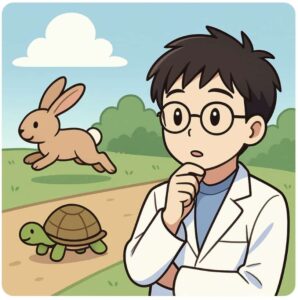The Pine Tree: A Dinosaur-Era Living Textbook in Your Schoolyard
Ken Kuwako, Science Trainer. Every day is an experiment.

In schoolyards, parks, shrine grounds, and along the coast, the pine tree (Matsu) is an ubiquitous part of the Japanese landscape. Its distinctive long, needle-like leaves, rugged trunk, and powerfully spreading branches possess a dignified presence, much like a traditional Japanese painting.
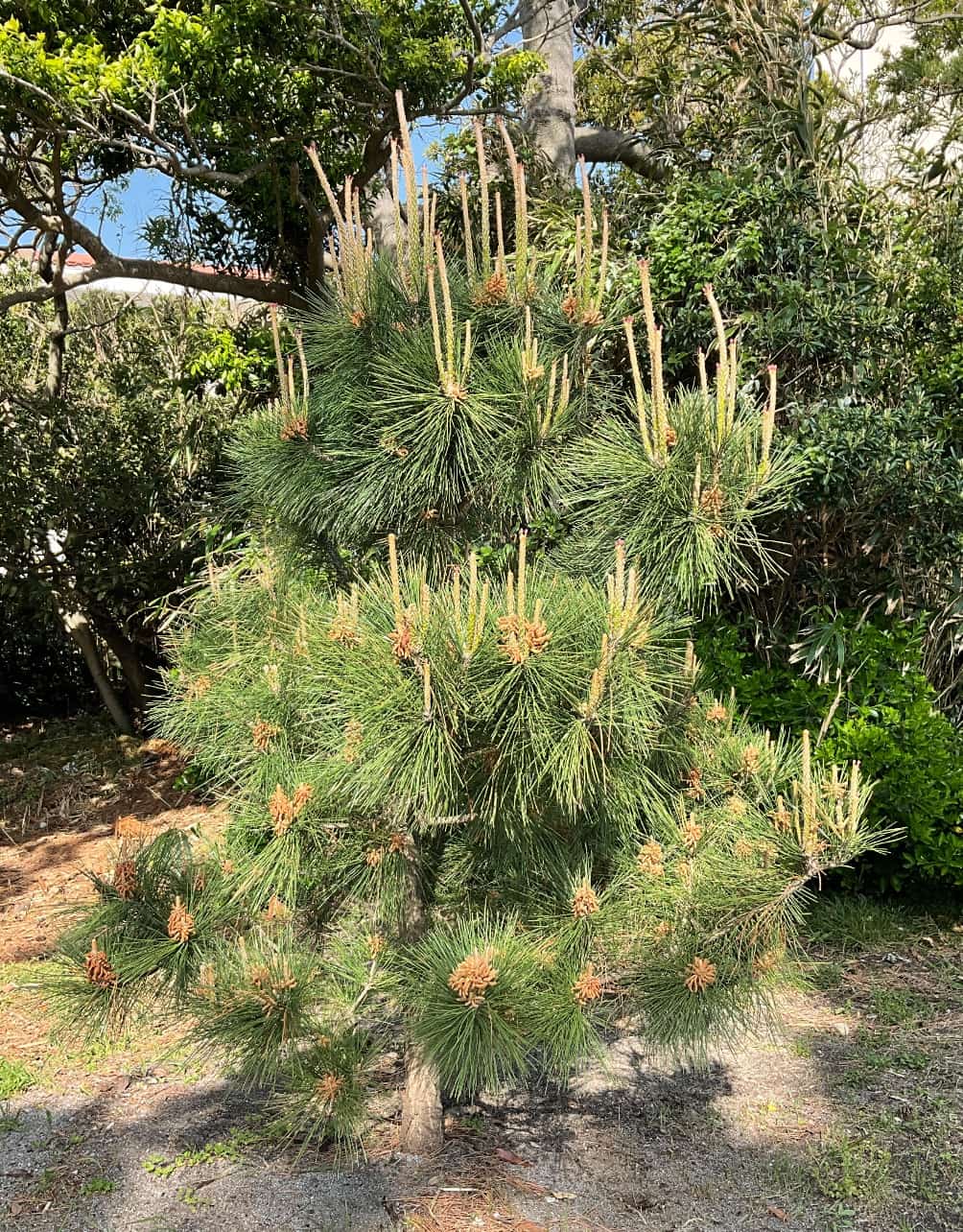
However, this pine is no mere “everyday tree.” In fact, when viewed through the lens of plant evolution, it is a “living textbook” with rather “unusual” characteristics. It boasts a leaf arrangement completely different from common plants (angiosperms), a strange floral structure, and a surprising method of seed dispersal. The more you learn, the more you can’t help but ask, “Why is it built this way?” This article dives into the secrets of the pine’s survival strategy, featuring key observation points from an actual class and fascinating trivia you’ll want to share tomorrow.
In the 7th-grade biology unit on the Pine (Gymnosperms), students are often shocked to encounter a “flower” without petals or sepals for the first time. My colleague, Mr./Ms. Y, conducted a spectacular lesson by boldly cutting branches from a pine tree right outside the school and bringing them into the classroom! Seeing the real thing, not just photos and textbooks, truly ignites the students’ eyes.
However, pine observation is all about timing. The period for pollen dispersal and pinecone formation is fleeting. The shortcut to success is to diligently check the flowering period during class preparation and secure samples in their best possible state.
Preparation and Lesson Flow
1. Preliminary Preparation: Get the Real Thing
To let students experience the “texture” and “smell” that photos in textbooks can’t convey, prepare the following real items:
Items Needed
- Pine branches that can be collected from the schoolyard or surrounding area (preferably with male and female cones)
- Hand lens/Magnifier (essential for observing the overlapping scales and pollen)
- Sketch paper and writing tools (drawing helps improve their visual “resolution”)
- Pinecones (both mature and immature) (for comparing changes in size and color)

Best Time for Collection
- Observation of Male and Female Cones → April to May (The period around Golden Week is critical!)
- Immature Pinecones → June to August (They are green and tightly closed)
- Mature Pinecones → Autumn onwards (They turn brown and the scales open)
2. Observation Flow
① Confirming the Basic Characteristics of the Pine
First, ask the students, “How is the pine different from the rapeseed or cherry blossoms you’ve studied so far?” The key term you want them to realize is Gymnosperm.
Striking Features of the Pine
- Gymnosperm: The “ovule,” which will become the seed, is exposed—there is no protective “ovary.” This primitive style has allowed it to survive since the age of the dinosaurs.
- Needle-like leaves: An evolutionary adaptation to reduce surface area and withstand dry conditions.
- Seeds produced in Cones (Pinecones): It does not produce a fruit; instead, the seeds develop in the gaps between the cone’s scales.
From here, we guide them into the micro-world by having them pick up and observe the actual pine branches and cones.
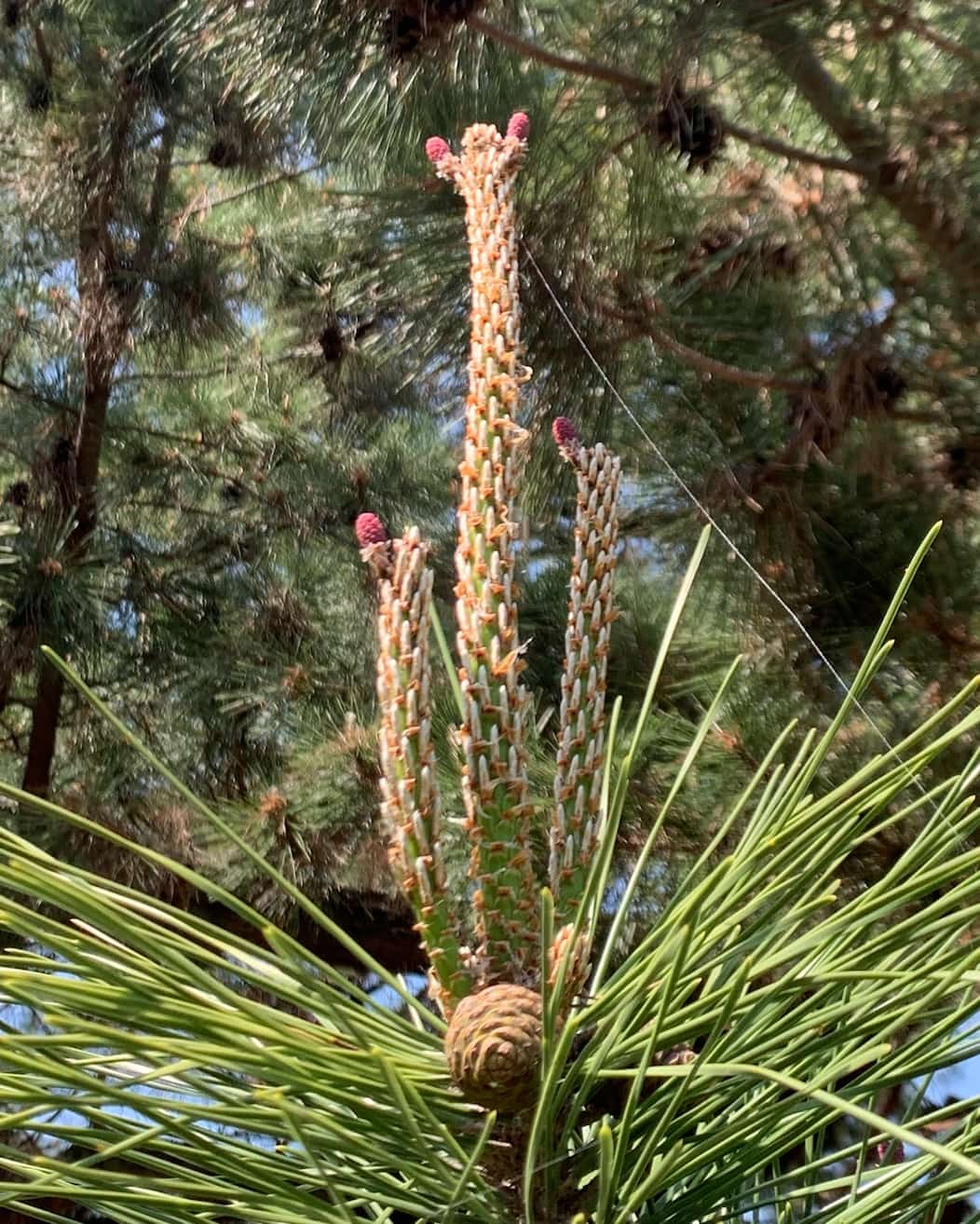
Which is the male cone? Which is the female cone? Their positional relationship also has meaning.
② Observation of Male and Female Cones: The Mechanism of Life Propagation
When a pine grows large, it produces “flowers” in the spring. However, these are far from the beautiful blossoms we typically imagine.
- Male Cones: Clusters of yellow grains. In spring, they densely cluster at the base (lower part) of the new shoots.
- Female Cones: The part that will eventually become the pinecone. They appear delicately at the tip (very top) of the new shoots. They are small and reddish-purple, making them easy to overlook.

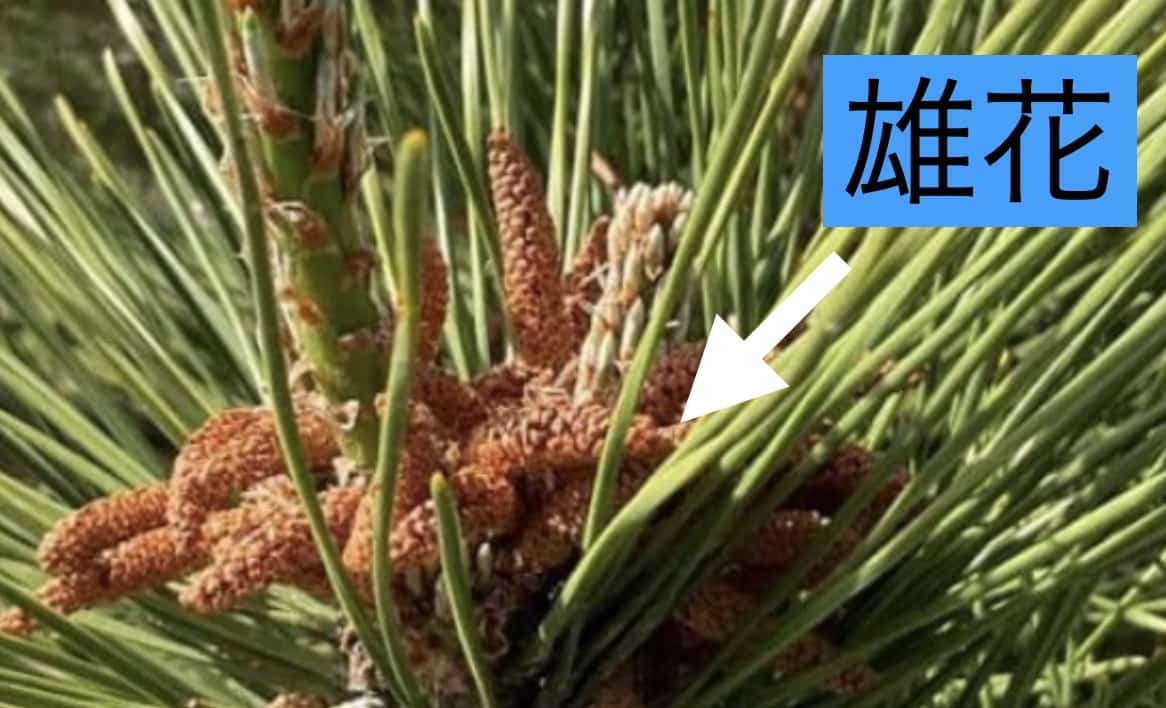
Let’s zoom in on the scale of a female pinecone.
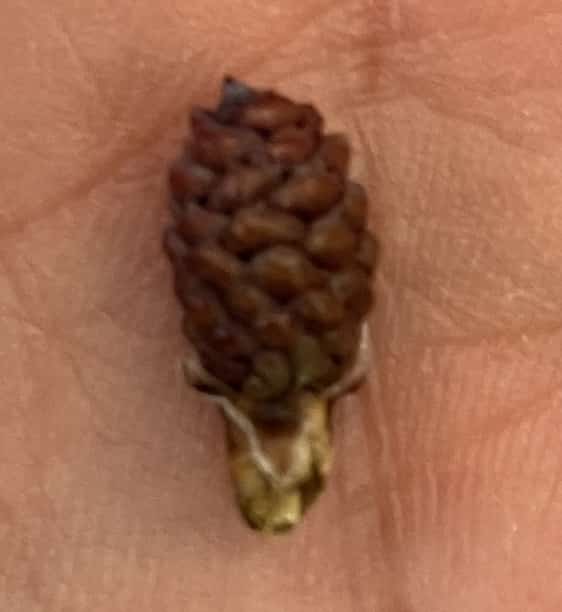
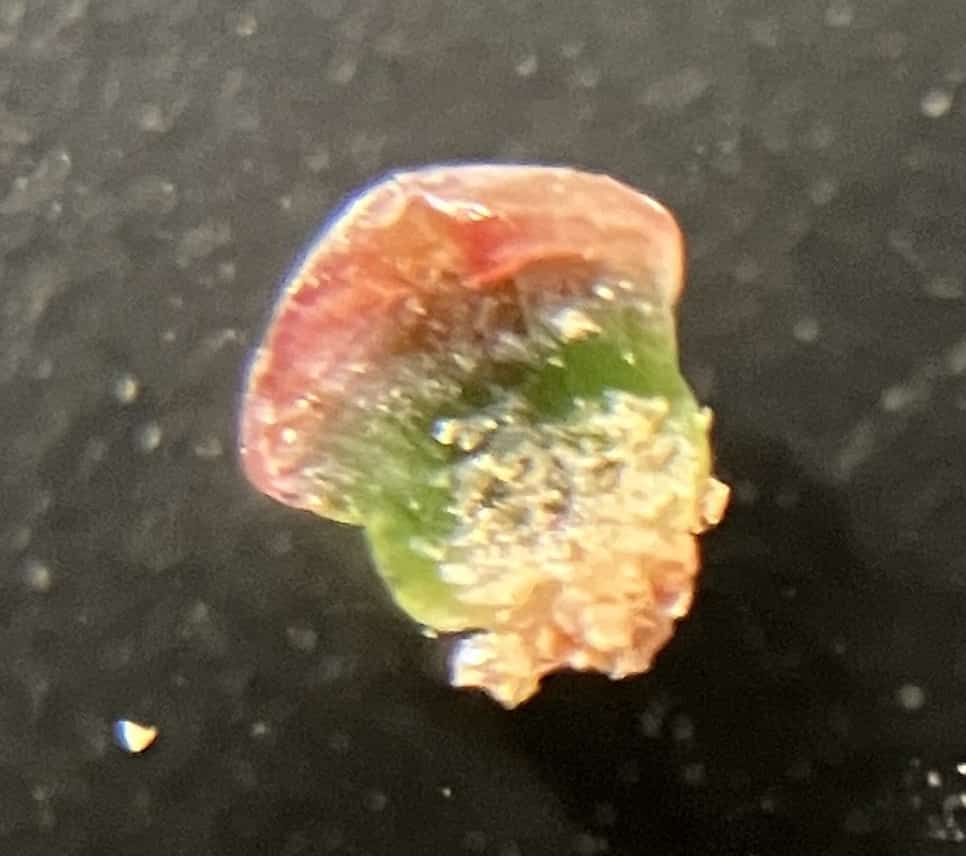
40x Magnification

When the male cone is magnified, you can see sac-like structures, which are the “pollen sacs.” Do you know why the male cones are on the lower part and the female cones are on the upper part? This is said to be a strategy to prevent “self-pollination” (where a cone is fertilized by its own pollen) and to receive genetic material from a distant source. If you flick a mature male cone with your finger, a massive cloud of yellow, smoke-like pollen drifts into the air.
This massive release of pollen is the pine’s strategy. Without the cost of producing nectar to attract insects, the pine is a “wind-pollinated flower” (anemophilous) that relies solely on the power of the wind to spread its pollen.
Scale of a Male Pine Cone, 40x Magnification
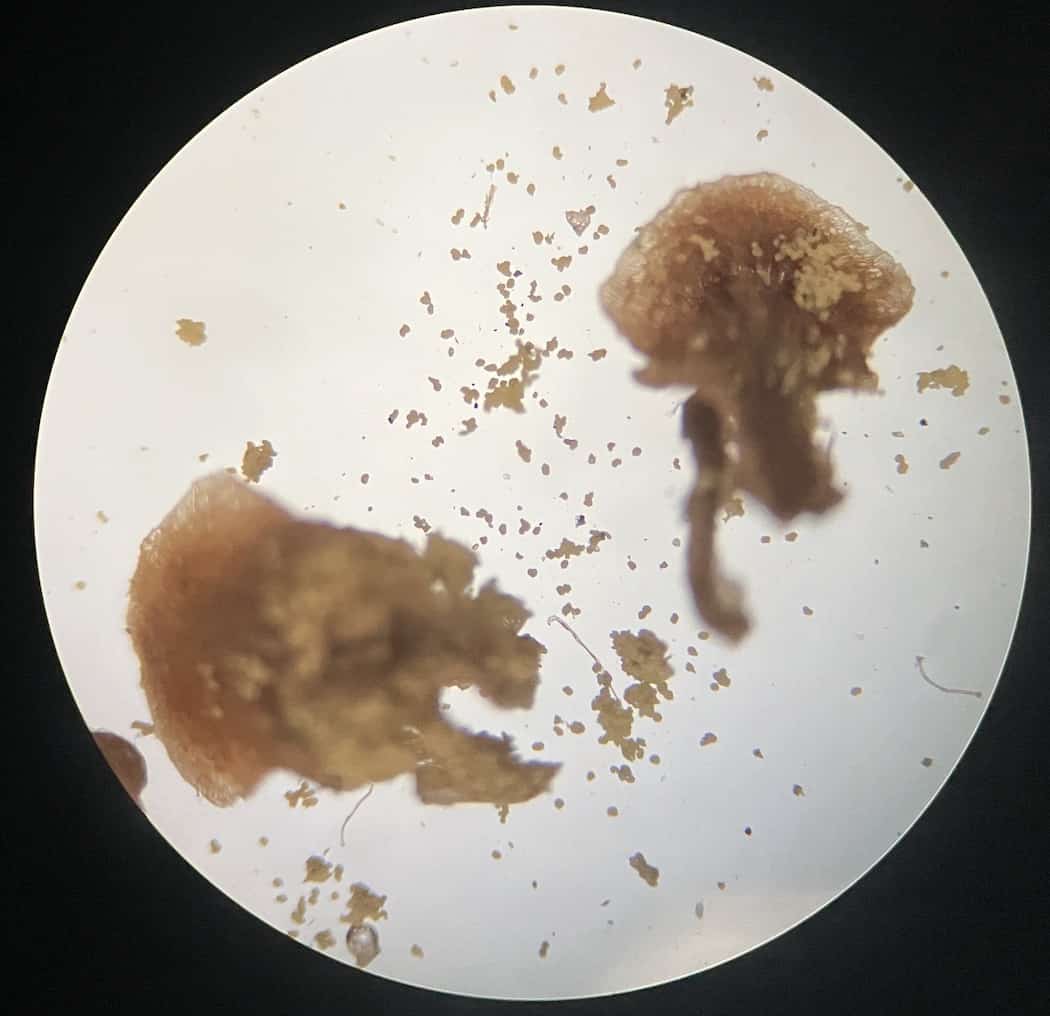
When the pollen is magnified (400x), you can see air sacs attached to it, resembling Mickey Mouse’s ears. This is how the pine makes it easier for the pollen to catch the wind.
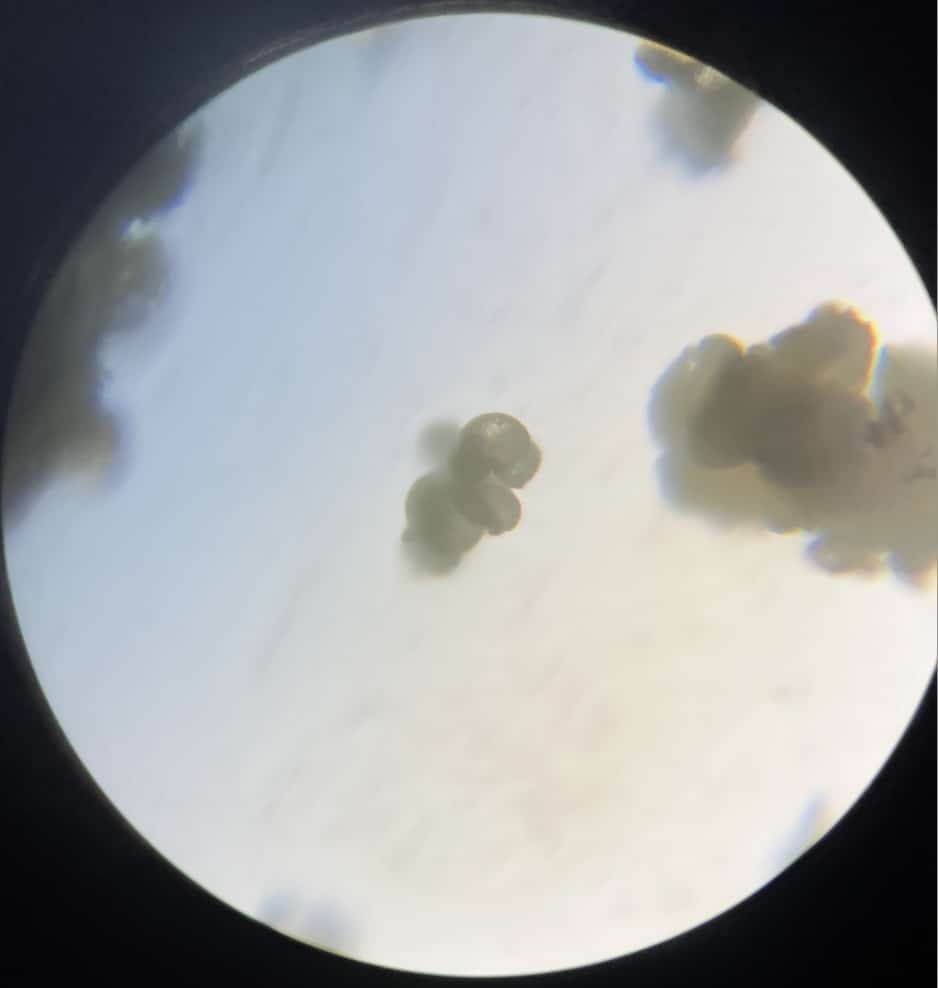
The pollen travels on the wind to reach the female cone. It slips into the gaps between the female cone’s scales and sticks to a sticky substance there. But here’s where the pine gets truly amazing.
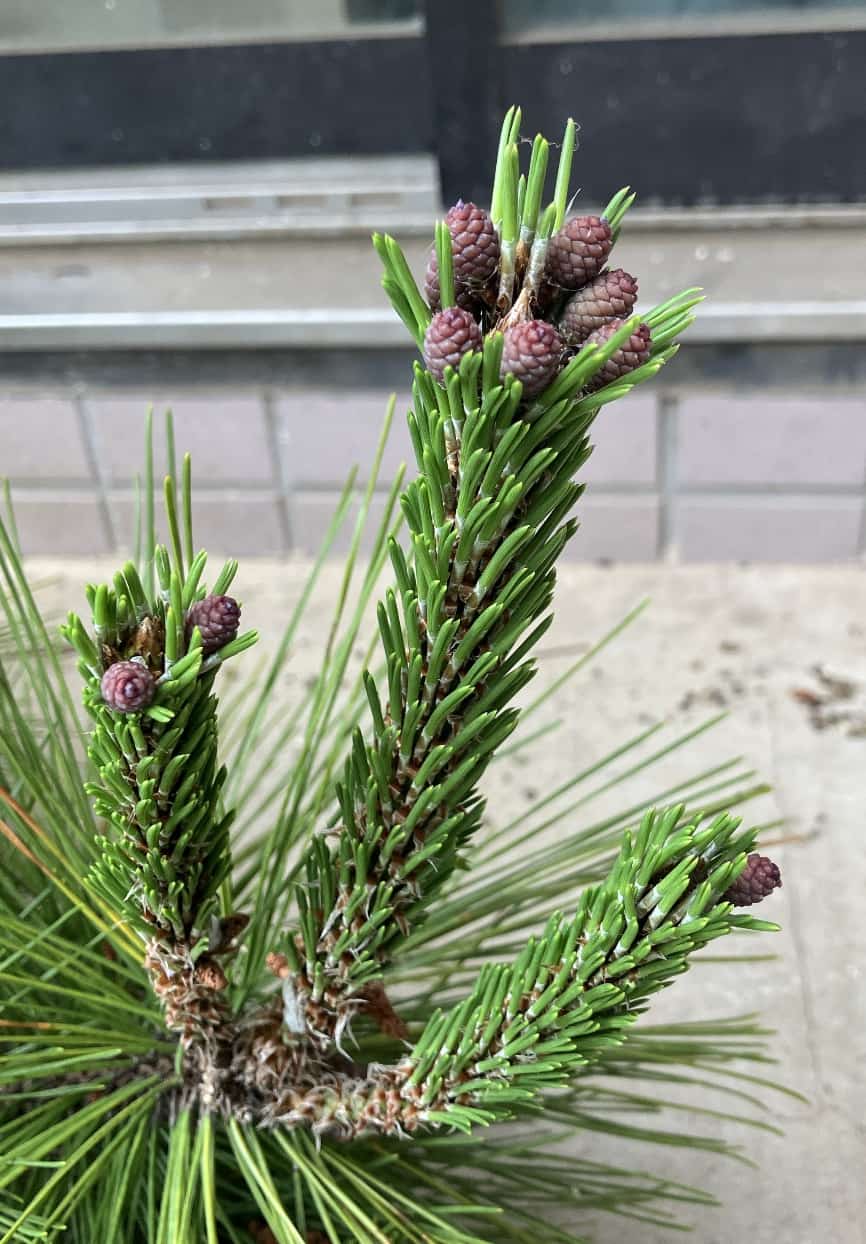
Incredibly, even after the pollen reaches the female cone, fertilization doesn’t happen right away! It takes an astonishing amount of time—about one year after pollination—for the pollen tube to finally extend and fertilize the egg cell. Taking its time to become a seed—that’s the pine’s pace.
The brown mass at the base of this branch is the “female cone from last year (the 1st-year pinecone).”
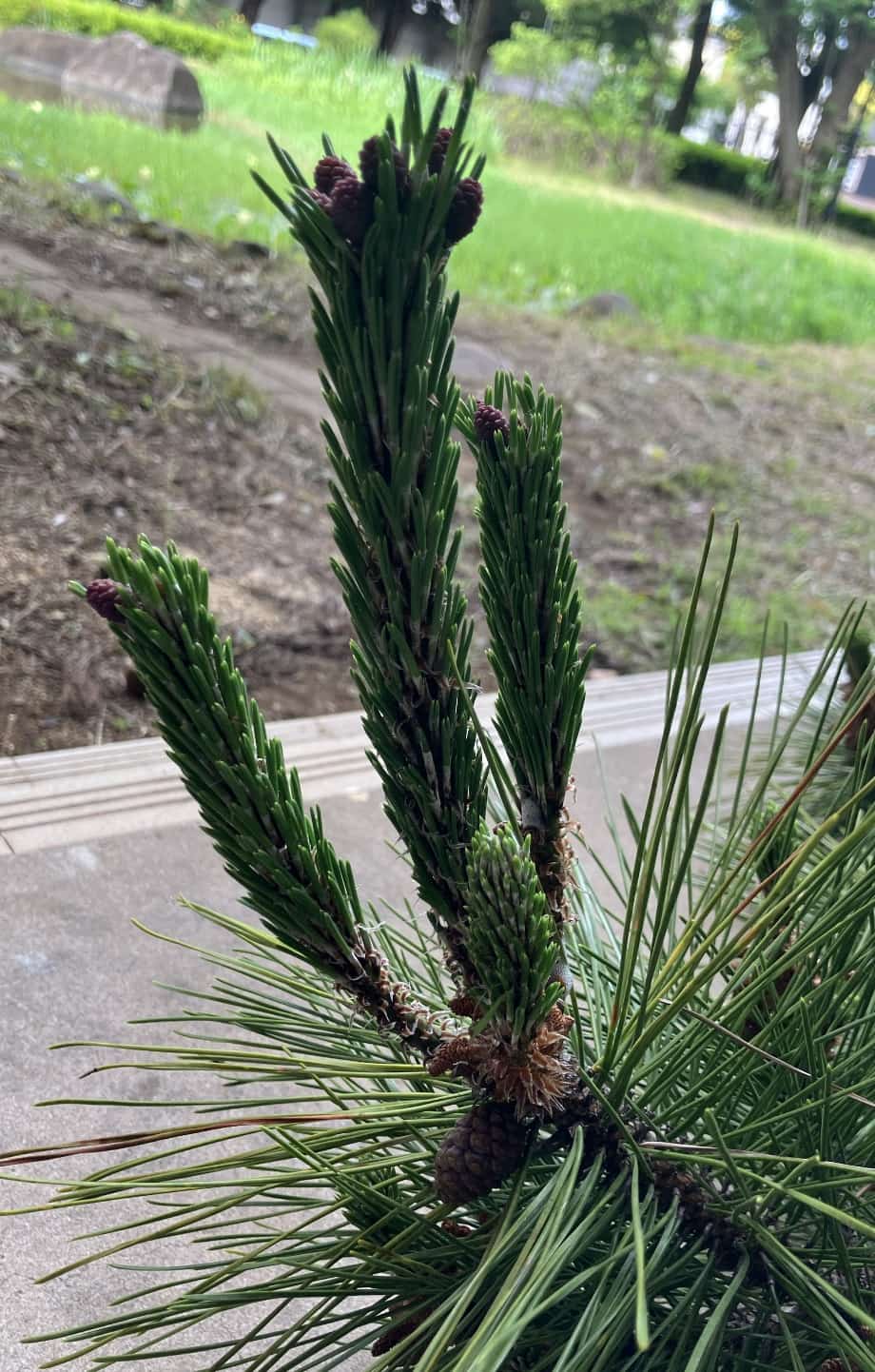
When magnified, you can see that the scales are tightly closed, protecting the seeds.
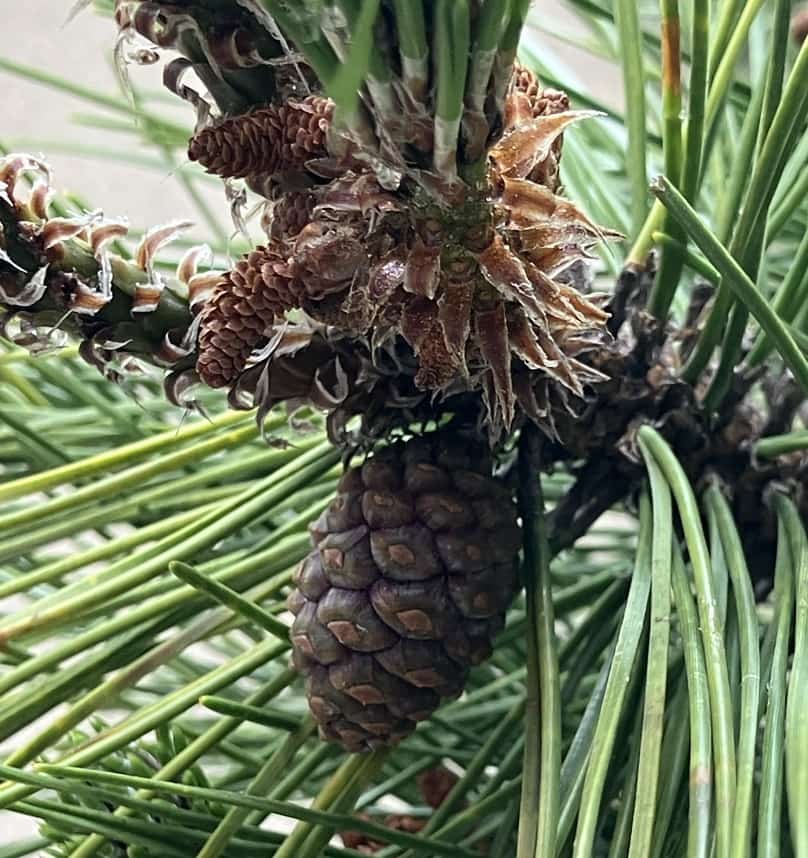
By having students sketch and actively compare the difference between “this year’s cone” and “last year’s cone,” they can truly grasp the passage of time, which deepens their understanding.
③ Pinecone Development and the Seed’s Journey
After fertilization is complete, the female cone spends another year becoming woody and hardening into the familiar pinecone (conifer cone).
- Immature Pinecone: Green, containing moisture, with tightly closed scales.

- Mature Pinecone: Brown and dry, with scales that are wide open.

Seeds are contained in the opened gaps. If you take one out, you can see it has a thin, membrane-like “wing.”
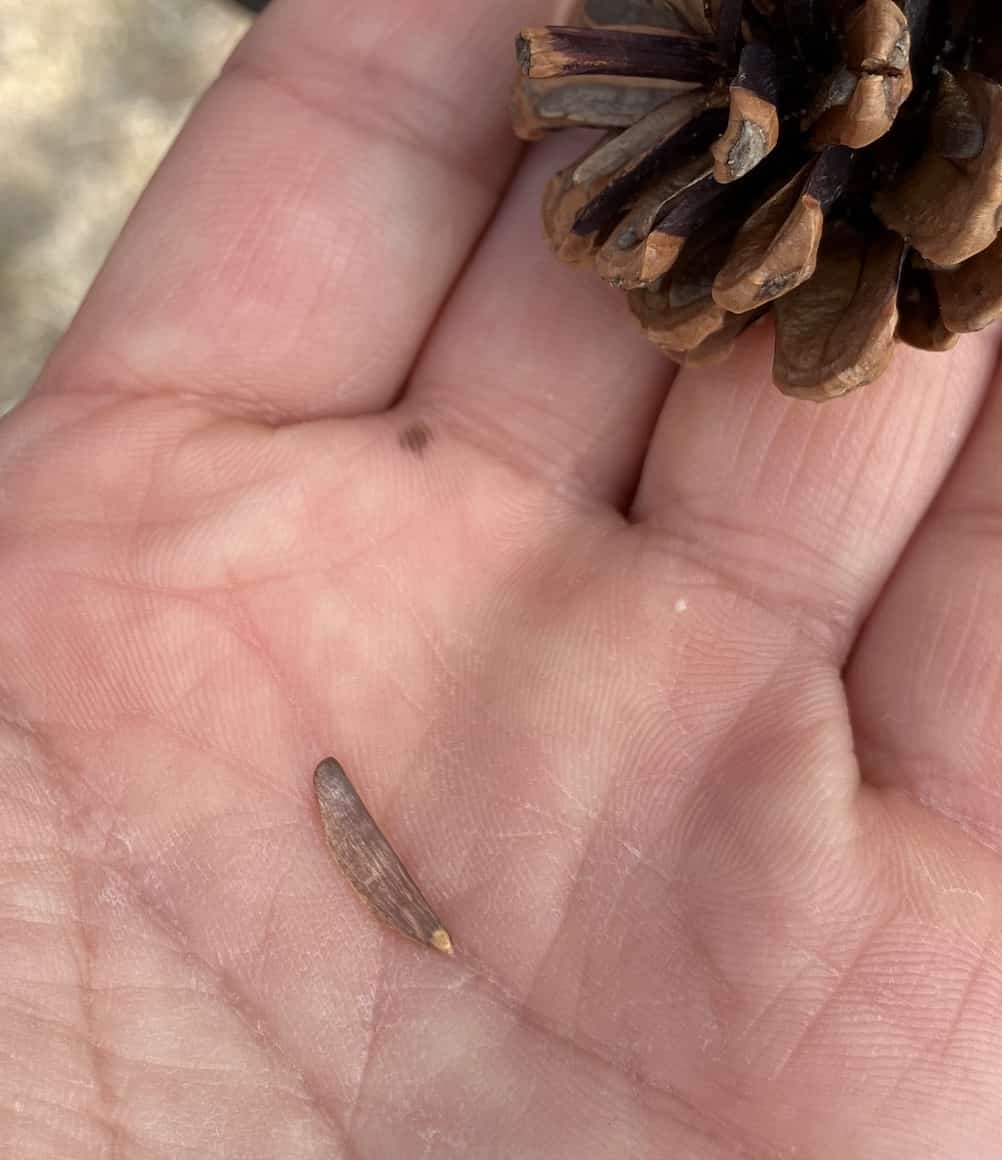
On a dry, sunny autumn day, the pinecone opens its scales and launches its seeds onto the wind. The seed is structured to spin like a propeller as it slowly falls (autorotation). This allows it to ride the air for a longer time, enabling it to travel far from the parent tree.
- Using a hand lens, you can confirm that there are two seeds attached to a single scale.
Let’s check out this NHK video to see how the pine seeds fly.
Through sketching, students observe the mechanism of this ingenious flight device.
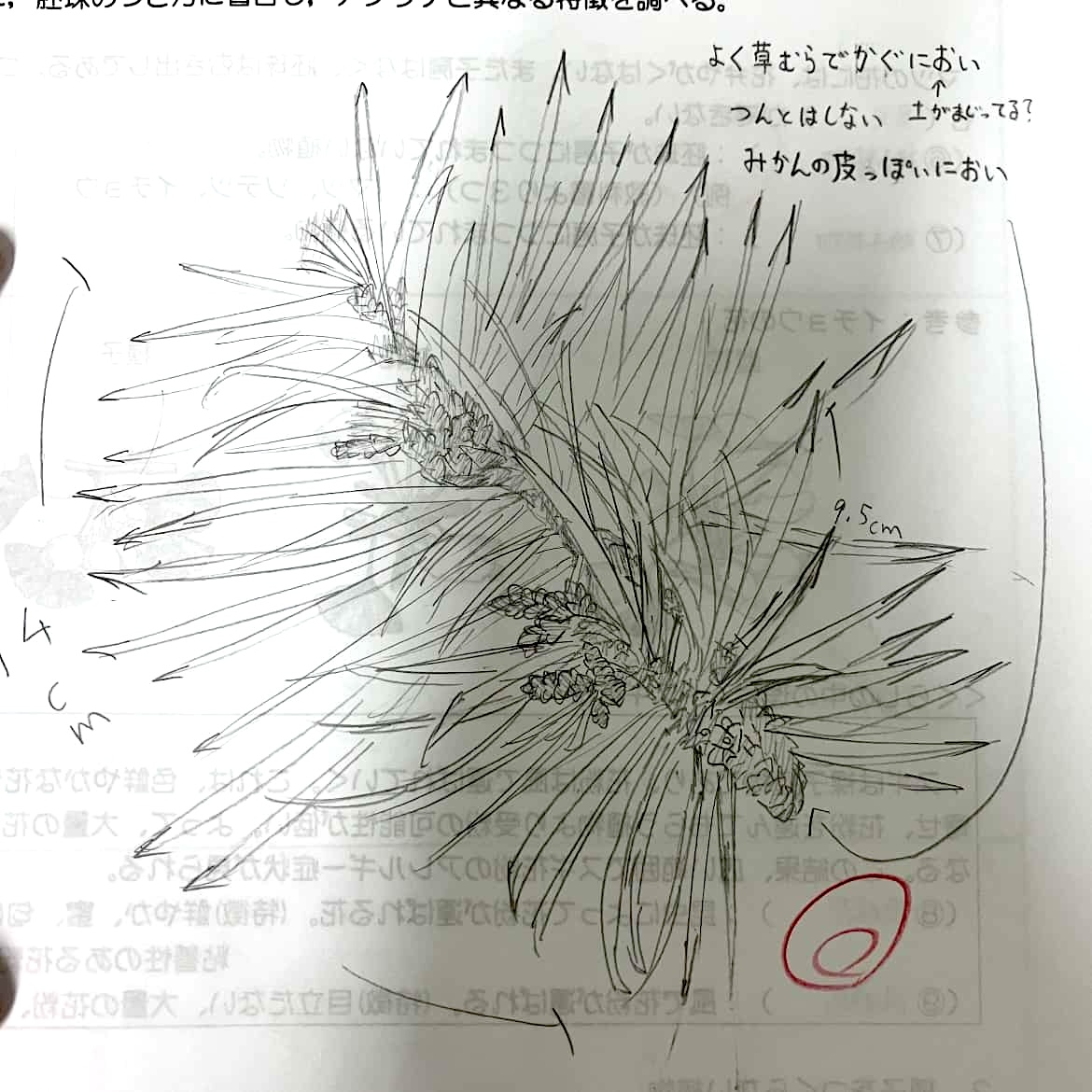
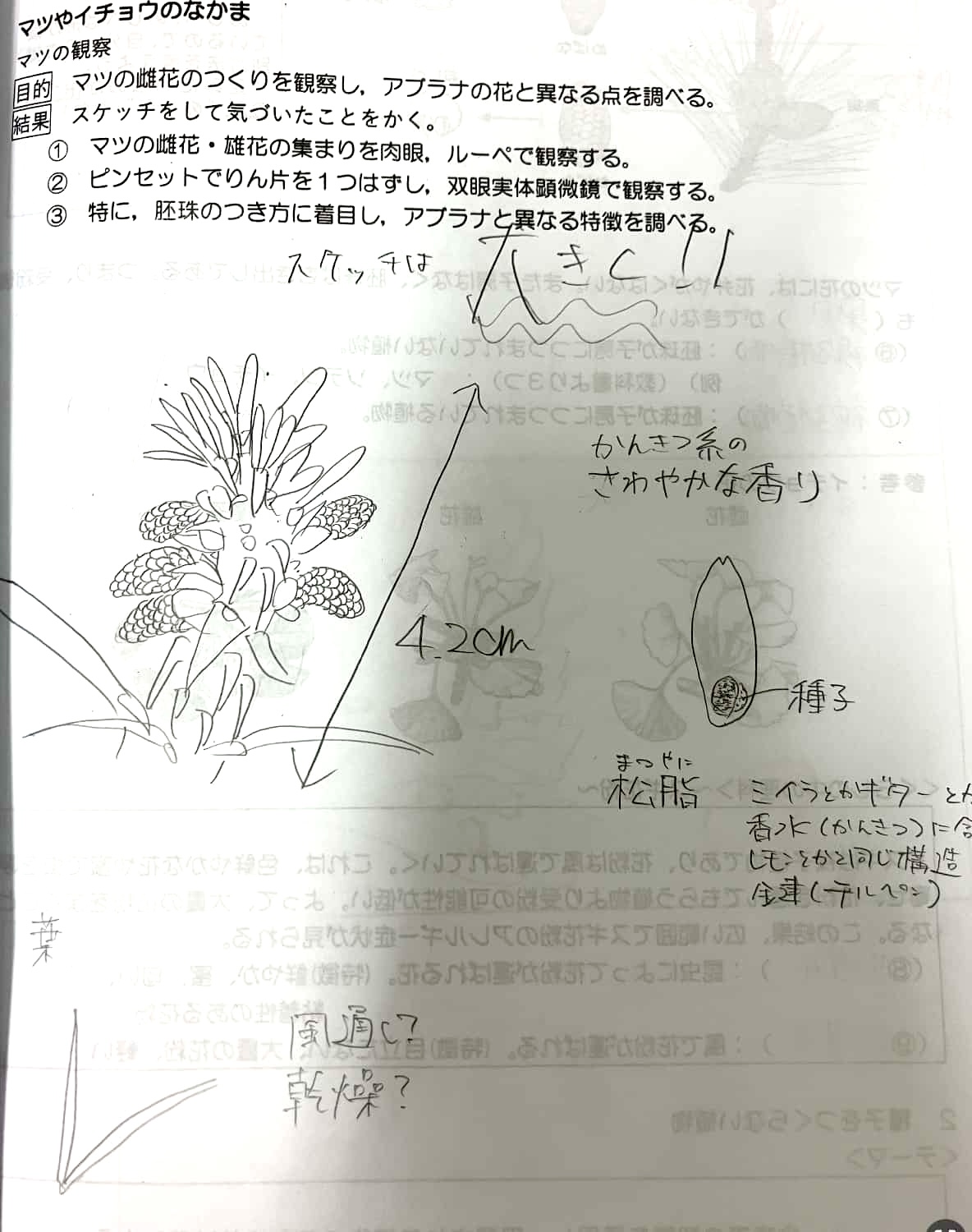
Young Pine (Photo taken at Benesse House Museum, Naoshima)
Once the seed lands in a new place, it will germinate if the right conditions are met. In spring, it awakens, triggered by water and temperature. First, a small root (taproot) extends into the soil, and its force pushes the shoot up to the surface.
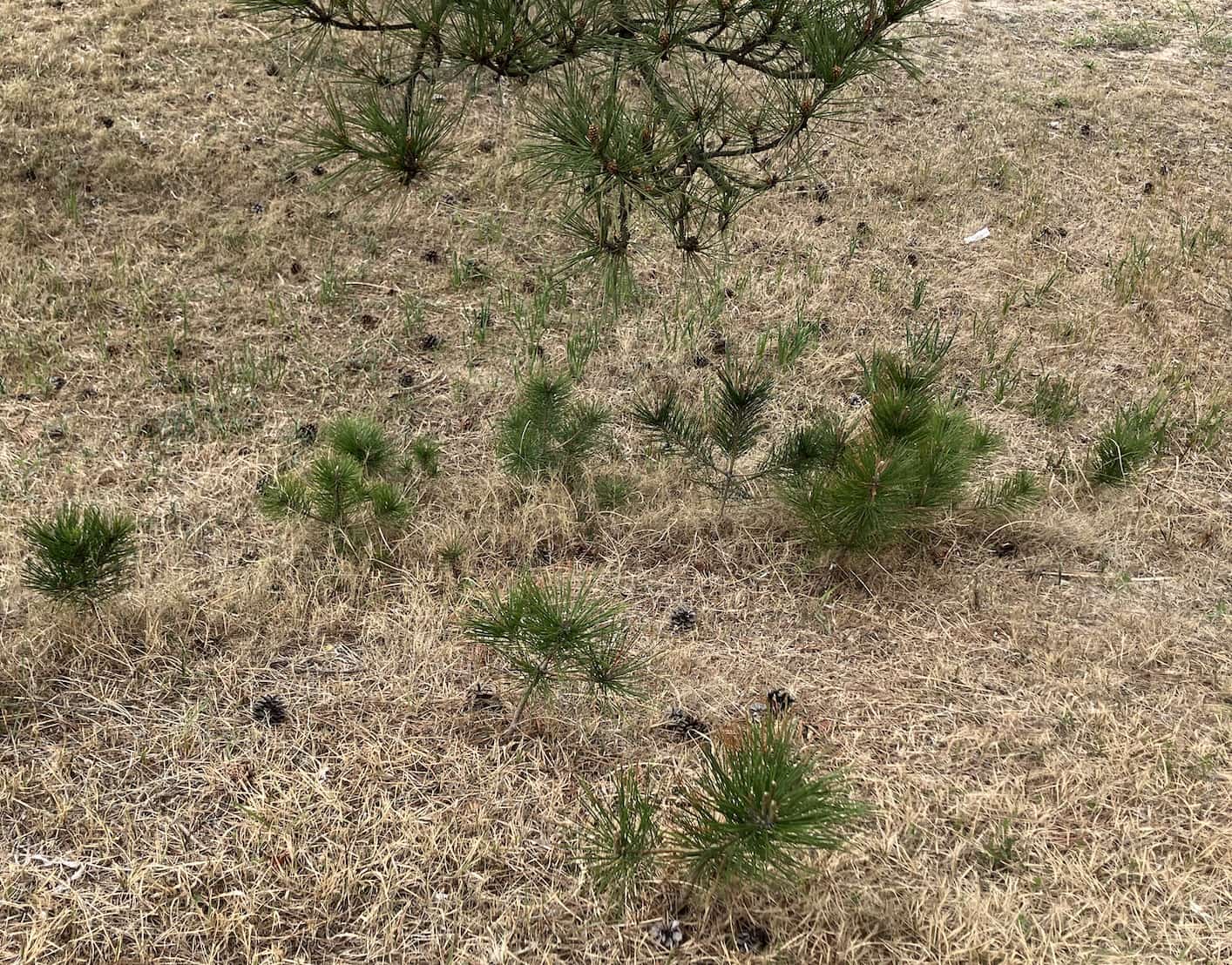

Note the number of “cotyledons” (seed leaves). While morning glories have two, the pine produces many needle-like leaves. Afterward, true leaves increase, and it gradually transforms into a mature pine tree. Its roots are the taproot type, extending straight and deep into the ground. This is the secret to its survival, allowing it to draw water and remain stable even on dry cliff edges.
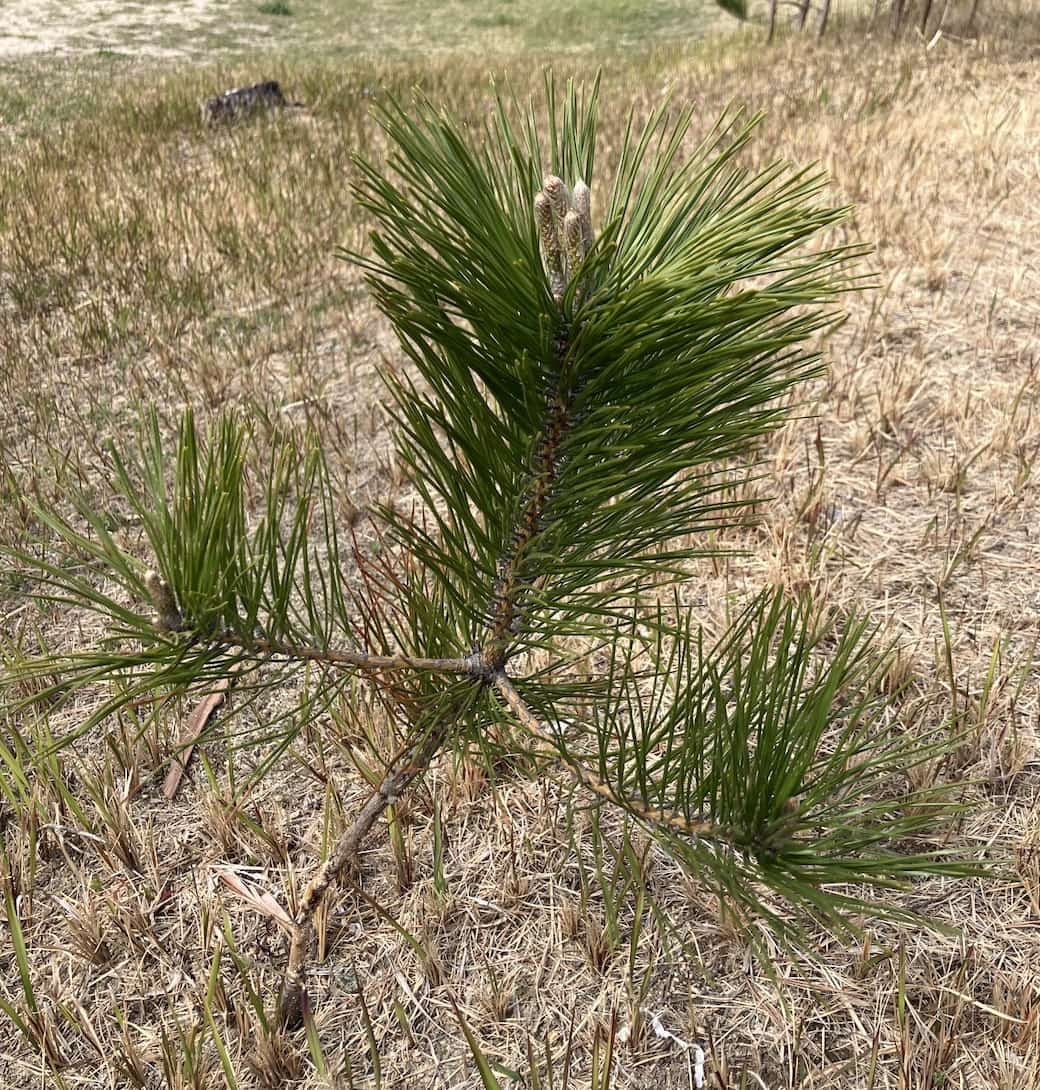
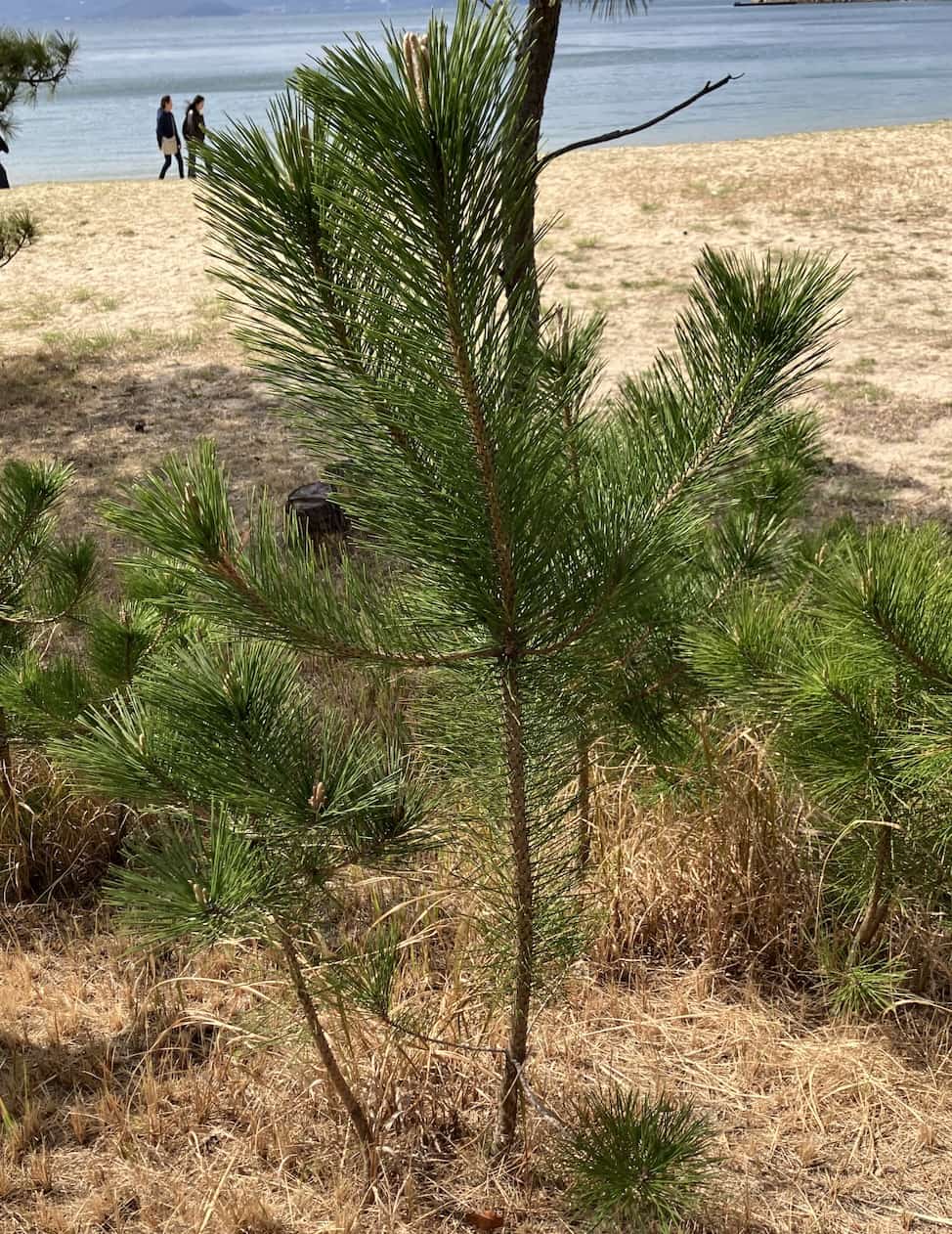

④ The Pine’s Adaptive Strategy and Habitat
The mystery of why pine trees are so common on the coasts and cliffs of Japan can be solved through a scientific lens.
- Grows in Kanto Loam and Sandy Soil: Land with low nutrients and excellent drainage is harsh for most other plants. However, because there are few competitors, it becomes a paradise for the pine.
- Grows on Cliffs: This is also a strategy to avoid competition.
- Place names like “Ippon-Matsu” (Lone Pine): A testament to its vitality, growing solitary in a tough environment and becoming large enough to serve as a landmark.

By collaborating with a social studies (geography) teacher to explore local vegetation and the origins of place names, you can achieve a deeper, cross-curricular learning experience.
Key Takeaways and Advanced Learning
Advanced Questions on Pine Ecology
At the end of the lesson, try posing these quizzes to deepen the students’ thinking.
- Q. Why are pine needles so thin? → A. “To minimize surface area and prevent water from evaporating from the leaves.” It is the ultimate “energy-saving design” that allows it to endure cold and drought and stay green even in winter.

- Q. Why do pinecones open when it’s sunny and close when it rains? → A. They possess a natural sensor function that deforms based on humidity. Rainy days are unsuitable for dispersing seeds far away. The pinecone is designed to open specifically on dry, windy days.
Using resources like NHK for School to show dynamic footage of pine seed dispersal can overturn the fixed idea that plants “do not move,” instantly captivating the students’ interest. The 7th-grade unit on the Pine is not merely about memorization but a treasure trove of “discovery” using real materials. Preparing live teaching materials (branches and cones) according to the season and allowing students to touch the micro-world through sketching and hand-lens observation is the first step in nurturing a love for science.
We encourage you to fill your classroom with the scent of pine in your next lesson and enjoy the mysteries of life with your students!
Reference Photo: This photo was taken during a field trip to Sankeien in March. The cones are still in the bud stage. 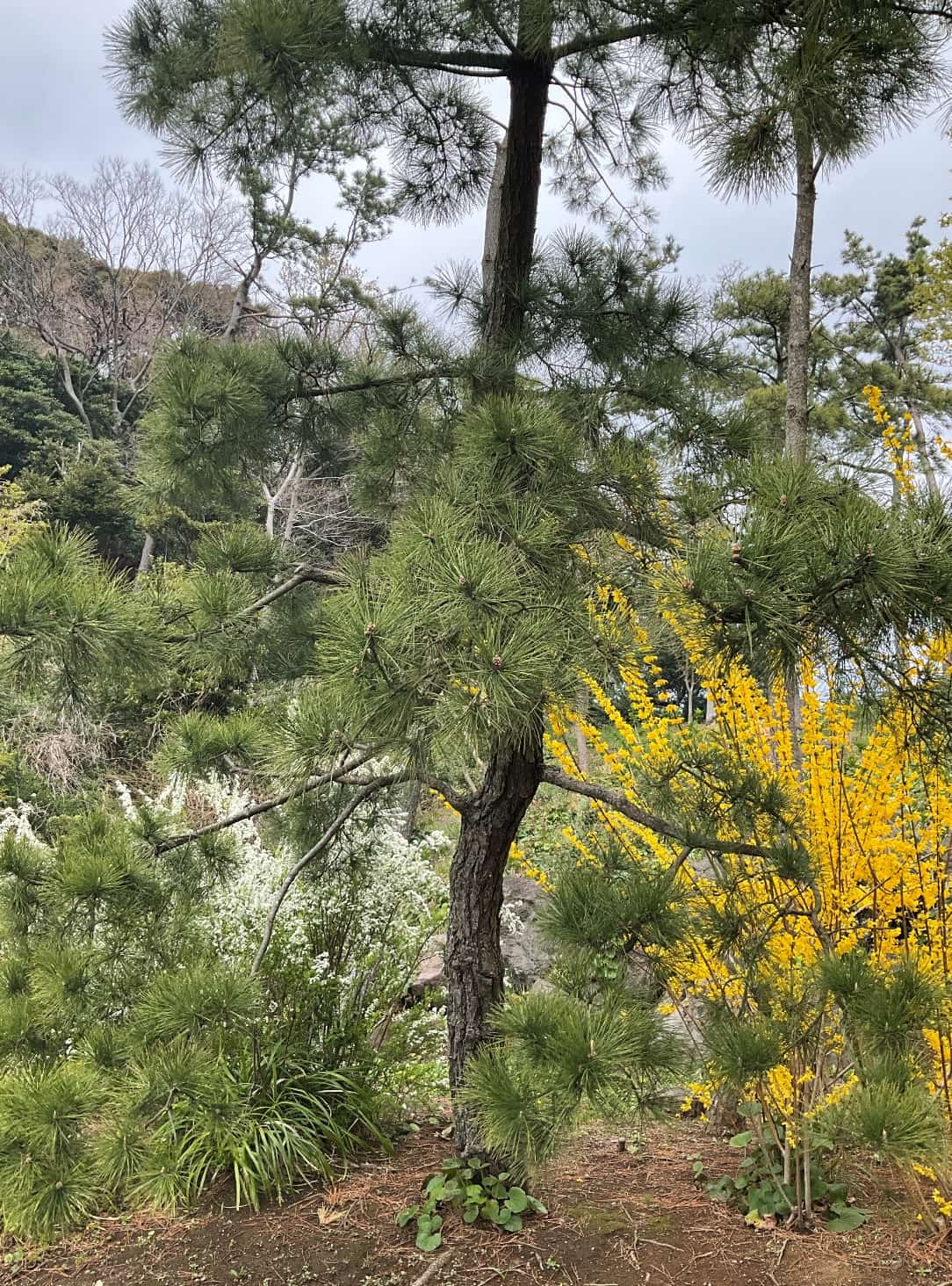
This is the trunk of a pine tree. Its distinctive texture, where the bark peels off in scales (a rugged feeling), is also one of its characteristics.
Inquiries and Requests
Make the wonders and fun of science more accessible! We’ve compiled easy-to-understand fun science experiments you can do at home and tips for success. Please search around!
About the Administrator, Ken Kuwako: Click here
For various requests (writing, lectures, experimental classes, TV supervision, appearances, etc.): Click here
Article updates are available on X!
![]() Experimental videos are being streamed on the Science Topics Channel!
Experimental videos are being streamed on the Science Topics Channel!

